First off, a declaration of interest. The work of Anthony Caro is close to my heart, so I was predisposed to be excited about ‘Caro in Yorkshire’, this summer’s tribute at Yorkshire Sculpture Park and Hepworth Wakefield. But with heightened expectations comes heightened potential for disappointment, so I approached with enthusiasm tinged with slightly managed expectations.
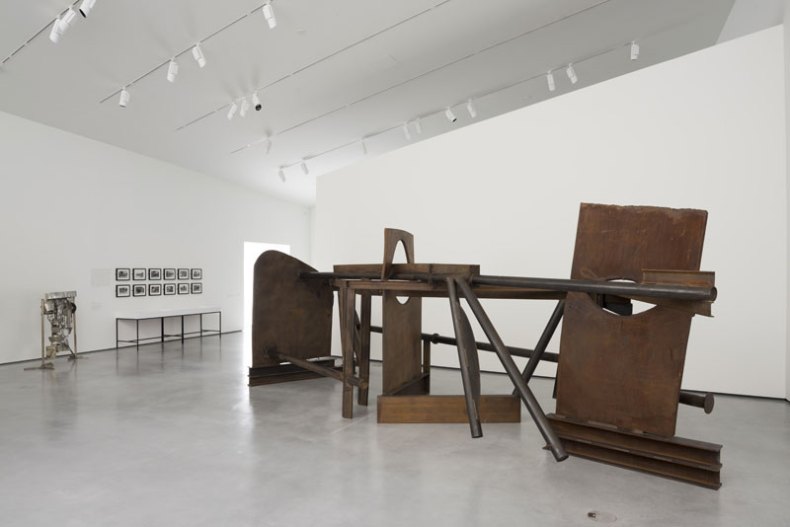
Installation view of Caro in Yorkshire, featuring ‘Morning Shadows’ (2012) by Anthony Caro in foreground. Image courtesy The Hepworth Wakefield and the Caro Estate. Photo by Jonty Wilde
I started with the Hepworth, and I would recommend this, as its exhibition is more extensive and thus better able to offer the sense of structured overview that is helpful in a retrospective. The organising principle is thematic rather than chronological (which works well), but nevertheless there is the opportunity to begin with one of Caro’s early, weighty figurative bronzes – a reminder that the godfather of post-war abstract British sculpture was a one-time studio assistant to Henry Moore – and finish with some of the artist’s final works such as Terminus (2013). Mention should also be made of the amazing models of completed works Caro created for exhibition planning purposes, which offer both an overview in miniature of his whole career, and an insight into his working methods when it came to exhibiting his oeuvre.
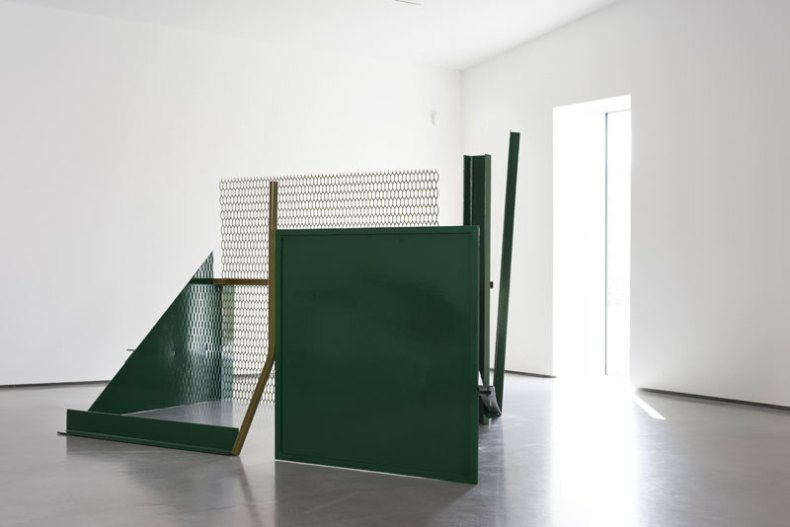
Installation view of Caro in Yorkshire, featuring ‘The Window’ (1966/1967) by Anthony Caro. Image courtesy: The Hepworth Wakefield and Barford Sculptures Limited. Photo: Jonty Wilde
Caro’s sculptures work well at the Hepworth, and the exhibition offers satisfying interactions between the individual sculptures and the architecture. In one room, Caro’s use of a mesh grill to create permeable space within The Window (1966–67) is somehow reinforced by the light streaming through the actual window behind. In another, there is the opportunity to enjoy looking through After Emma (1977/82) to Déjeuner sur l’herbe II (1989), the corner setting reinforcing the right-angle arrangement that characterises Caro’s three-dimensional interpretation of Manet’s painting.
An undoubted highlight for me was Child’s Tower Room (1983/84), created in response to a commission from the Arts Council to create a ‘room’ to be shown at Liberty’s department store. Caro’s response to the brief was to create a swirling oak tower, a sort of stand alone geometric treehouse with spiral steps and hidden chambers that invited exploration, but only from children aged 10 and under. It was an early step for the artist in creating sculpture that went beyond containing or delineating space visually, to create architectural structures that could be physically experienced. As an advocate of museum and gallery education, it warms me to Caro all the more that he would think it worth his while to create an artwork where the fullest experience can only be enjoyed by young children. I had the joy (mixed with slight jealousy) of watching a group of under-eights run towards it with delight as they entered the room.
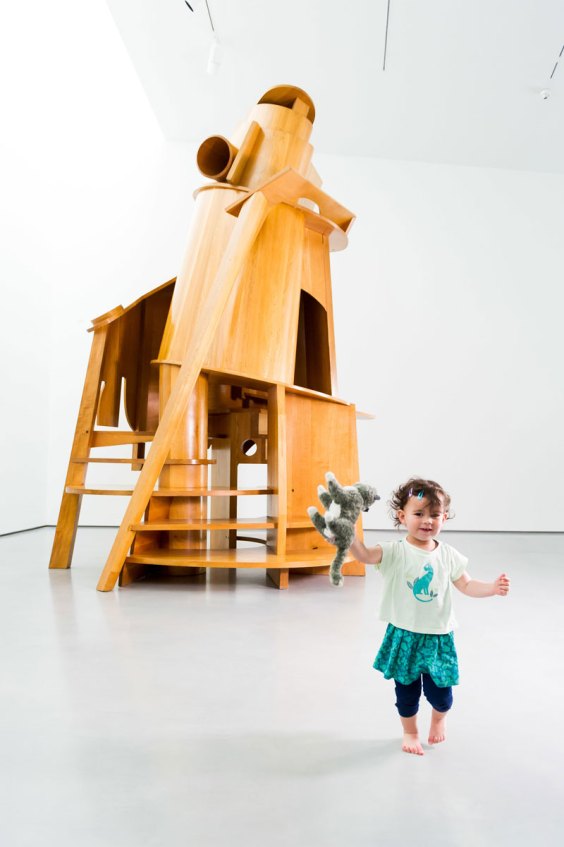
Maisie Angove (2) with Antony Caro’s ‘Child’s Tower’ at The Hepworth Wakefield. Image courtesy The Hepworth Wakefield. Photo: Jonathan Pow/jonathanpow.com
Beyond the pleasure of seeing the variety of individual pieces, I enjoyed the way the exhibition brought out the importance of the Caro’s interactions with critics as he grappled with particular issues in his work. The incorporation of statements from the artist illuminating these relationships as part of the interpretation for individual pieces brought home the positive, symbiotic nature of the professional friendships Caro enjoyed with figures such as Clement Greenberg and Michael Fried, and his generosity in accepting and acknowledging that influence.
At Longside Gallery at Yorkshire Sculpture Park, in contrast, interpretation felt a little scant. Individually, I enjoyed the pieces, but the overall experience felt disjointed – perhaps inevitable when spanning six decades of artistic output with a limited number of works. For me, the strongest section was the area bringing together smaller scale works: drawings; the pleasingly personal group of ‘writing pieces’ (1979–82) representing Caro, Sheila Girling his wife, and Pat Cunningham his studio assistant; and two small Warrior pieces, created 1951–53 but fascinatingly prescient of his Barbarians figures on horseback (2000–02) created half a century later. Caro’s paper sculptures were also exciting – seeing how an artist associated with manipulating industrial metal and wood worked with this far more delicate material was intriguing.
Perhaps unsurprisingly, it was out in the landscape that the Sculpture Park part of the exhibition came into its own. Promenade (1996; on long-term display at the Sculpture Park), with its integral nooks, seats and hiding places being put to full use by visiting families, felt like a joyful, expansive development of Child’s Tower Room. However, it was the temporarily installed Flats series (1974), particularly Pin Up Flat and Double Flats, that offered the most significant revelation.
These pieces, created from large planes of metal arranged vertically to create the impression of a relatively shallow, layered space, are sometimes used to illustrate Caro’s well-documented interest in American Abstract Expressionist painting and his belief that it was in such painting, rather than contemporary sculpture, that he would find the stimulus he needed. When seen in photographs or even in gallery spaces, what strikes you is the form rather than the surface, which appears a uniform brown tone, suggestive of corroded iron (in keeping with the industrial scale). Under the (on this occasion, at least) piercing blue Yorkshire sky, something different and slightly magical happens. The tilting surface is not in fact rusted but painted, and its mottled sheen reflects the elements. The brown paint and blue sky, caught from the correct angle, combine to create a something approaching purple or indigo, reverberating between warm and cool and changing constantly in relation both to your viewpoint and the movement of the clouds. For me, suddenly, these works had a relationship with the colour fields of the Abstract Expressionists that I’d never seen before. Whether this is something Caro anticipated, I don’t know, but it has changed my perception of these sculptures.
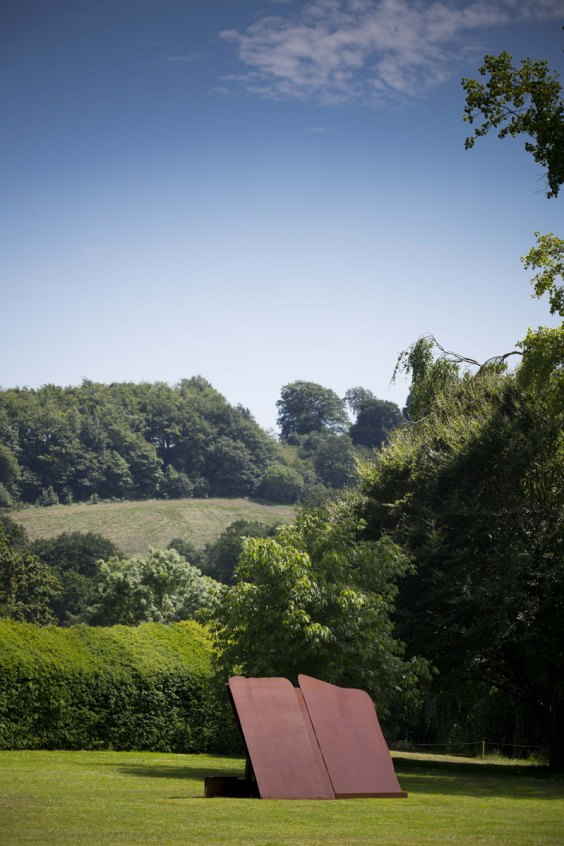
Double Flats (1974), Anthony Caro. Installation view at the Yorkshire Sculpture Park. Image courtesy Barford Sculptures Ltd. and the Yorkshire Sculpture Park. Photo © Jonty Wilde
According to the promotional literature, the Hepworth show focuses on Caro’s relationship with architecture, and the Sculpture Park on his relationship with painting. This distinction feels a bit forced (and I probably thought more about painting as an influence in the Hepworth exhibition than at Longside). That aside, these complementary exhibitions offer a welcome opportunity to see a well presented selection of works, make unexpected connections between different moments in Caro’s career and, occasionally, to see the works in a (literally) new light.
‘Caro In Yorkshire’ is at the Hepworth Wakefield and the Yorkshire Sculpture Park until 1 November. The Henry Moore Institute will convene an academic conference entitled ‘Sculpture: 1965’ on 25–26 September, taking place at Leeds Art Gallery and Yorkshire Sculpture Park.
Unlimited access from just $16 every 3 months
Subscribe to get unlimited and exclusive access to the top art stories, interviews and exhibition reviews.

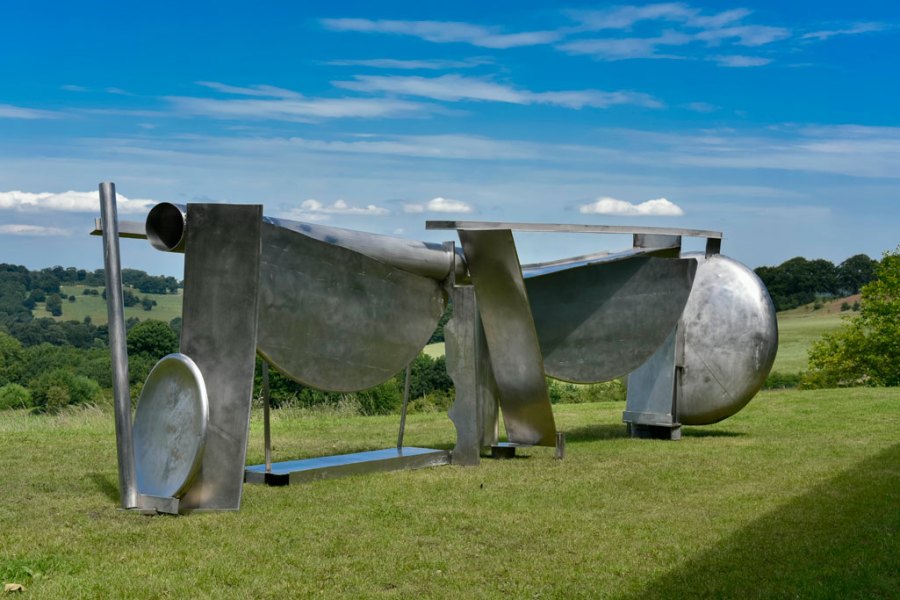
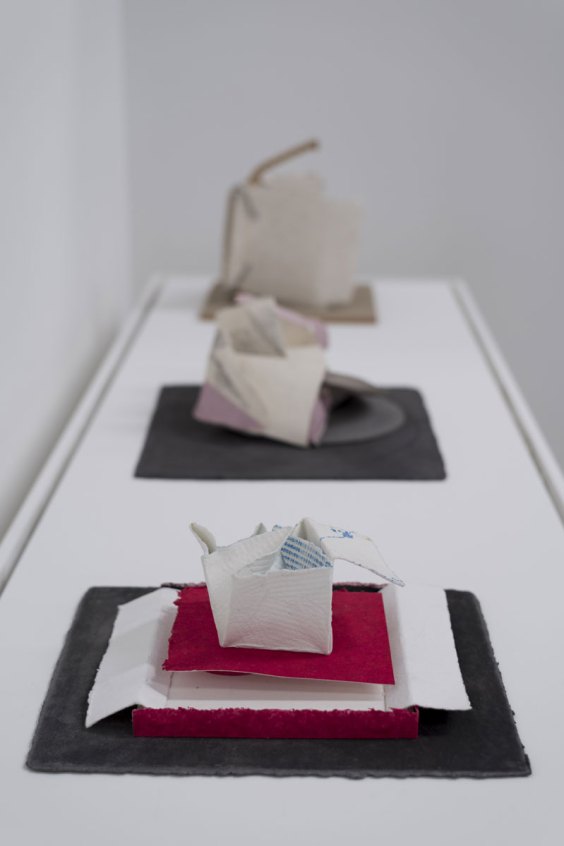
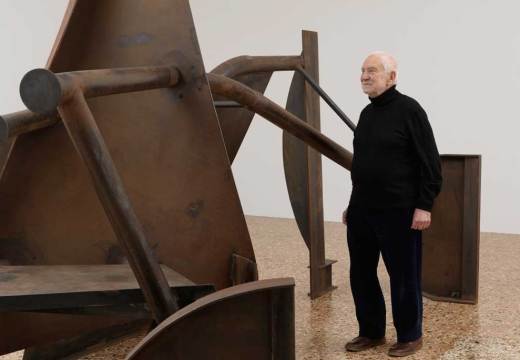
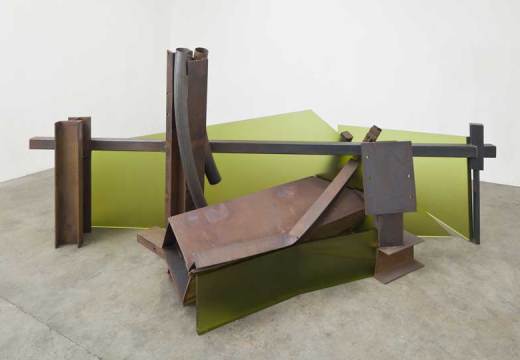
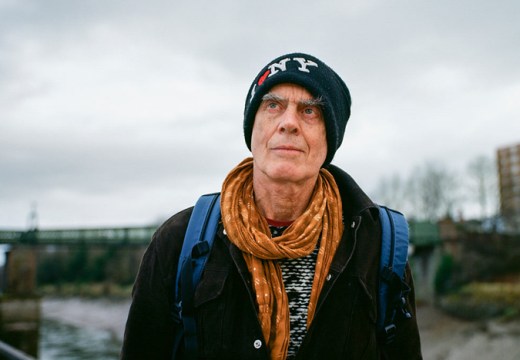









![Masterpiece [Re]discovery 2022. Photo: Ben Fisher Photography, courtesy of Masterpiece London](http://www.apollo-magazine.com/wp-content/uploads/2022/07/MPL2022_4263.jpg)
Has the Fitzwilliam lost the hang of things?